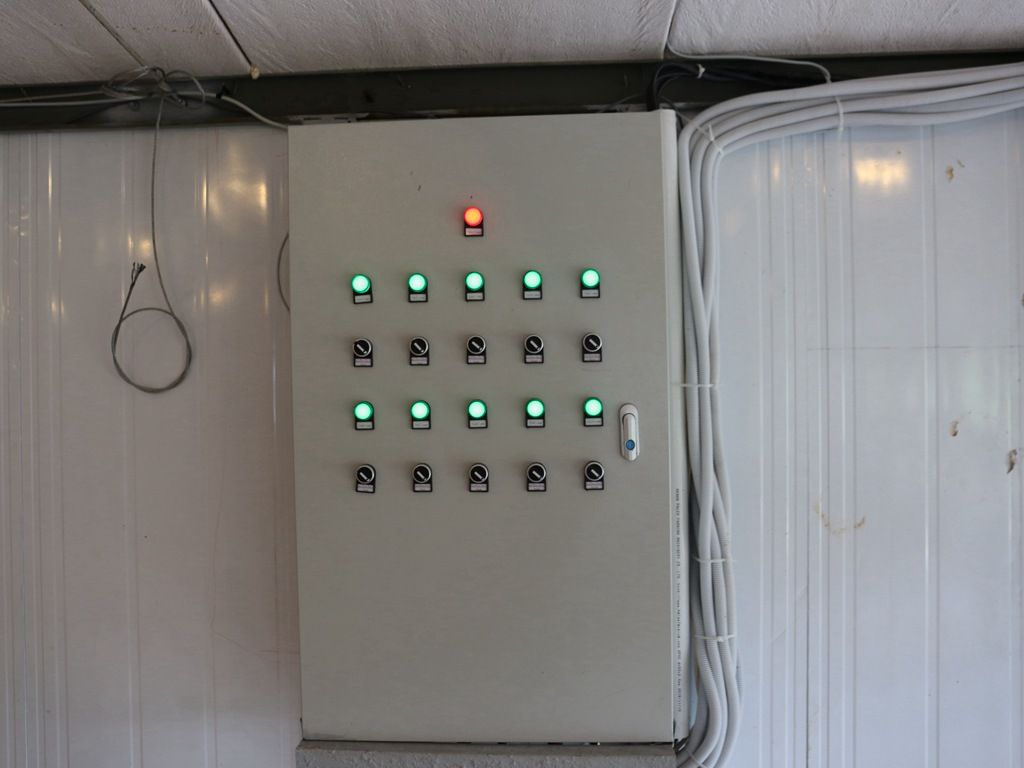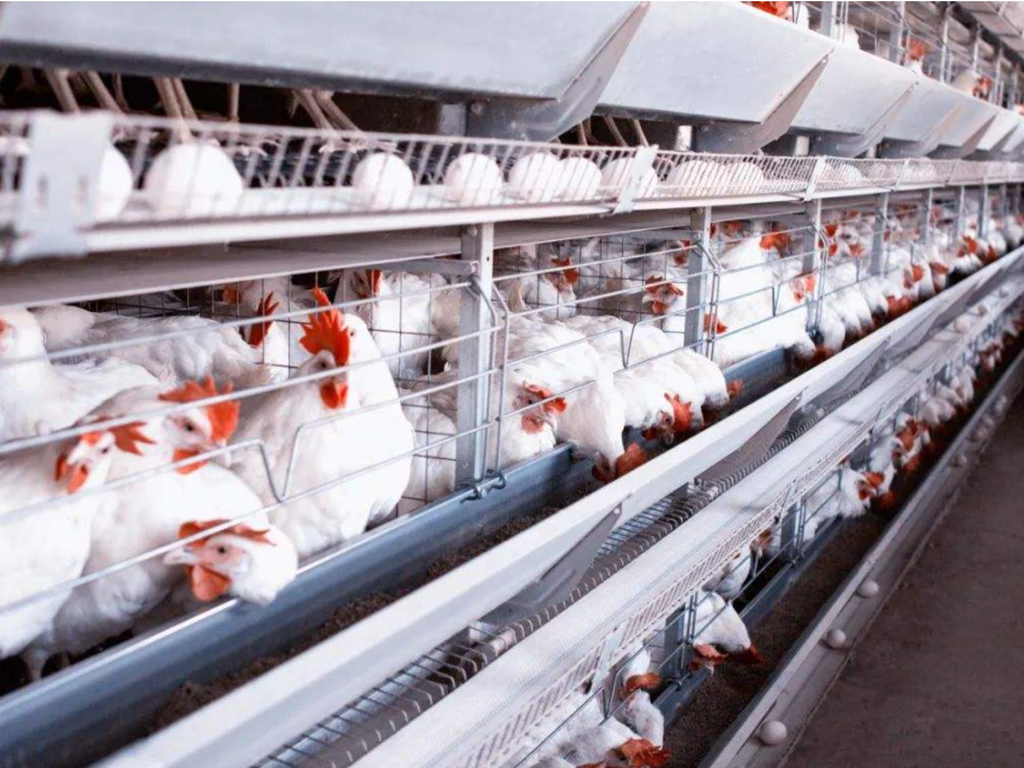Industry news
3 Tips for Chicken farm Relative Humidity
Added:2022-01-22
Relative humidity refers to the ratio of the actual water pressure in the air to the saturated water pressure at the same temperature, expressed as a percentage. For chickens, the suitable relative humidity is 50%-70%, lower than 40% is low humidity, and higher than 80% is high humidity.
1.Reasonable adjustment of humidity
The normal breeding environment should be high in the early stage and low in the later stage, but in actual production, many chicken farms are just the opposite. Low humidity in the early stage makes chickens prone to respiratory diseases. Through a large number of clinical observations, the occurrence of airsacculitis and bronchial blockage has a great relationship with the low humidity in the early stage of the chicken house.
2. The danger of high humidity

1. The brooding period and high temperature occur at the same time, resulting in the death of chicks by asphyxiation;
2. Affect air quality: CO2, NH3.
3. Litter quality, mold development, gizzard gastritis, etc.
4. Hazards of low humidity: newly hatched chicks have about 76% water content in their bodies.
In the early stage of brooding, the temperature in the house is high. If the relative humidity is too low at this time, it is easy to cause dehydration of the body, poor absorption of yolk, dry feathers, and death. Therefore, the relative humidity during the brooding period should be kept at 65. %-70%.
Normally, a bird's airway is moist and covered with a mucus-bearing ciliated epithelium. When most dust particles enter the respiratory tract, they are adsorbed by the cilia in the upper respiratory tract, and the chicken body excretes the dust through the cilia swing, preventing microorganisms from entering the body.
When the air is dry, the moisture level of the respiratory mucosa decreases, which inhibits the motor function of the ciliated epithelium. In addition, the dust in the house is greatly increased due to drying. Various microorganisms enter the alveoli and air sacs through the respiratory tract together with the dust. In severe cases, the ciliated epithelium falls off and the mucous membranes dry and crack, and pathogenic microorganisms can directly invade the blood, causing the occurrence of respiratory diseases in chickens. Relative humidity affects viruses more than temperature. Viruses with lipoprotein envelopes are more stable under low humidity conditions and survive longer.
This is of great significance for the defense against viral infectious diseases in the dry winter and spring. In recent years, the incidence of viral epidemics in winter and spring has become higher and higher, and the degree of harm has become increasingly serious.
Humidity affects the determination of ventilation volume, and as humidity increases and decreases, ventilation volume changes accordingly
3. Causes of low humidity
In winter and spring, the external climate is dry and there is a lack of moisture in the air; the chicken houses heated by hot blast stoves and ground stoves evaporate part of the water vapor due to the rise in house temperature; the ventilation system is not properly controlled, the ventilation volume is too large, and the house is taken away. water vapor, reducing the relative humidity of the air.
The environment of the chicken house has a decisive effect on the growth of chickens. Only by balancing the relationship between temperature and humidity can we continuously improve the effect of breeding.



